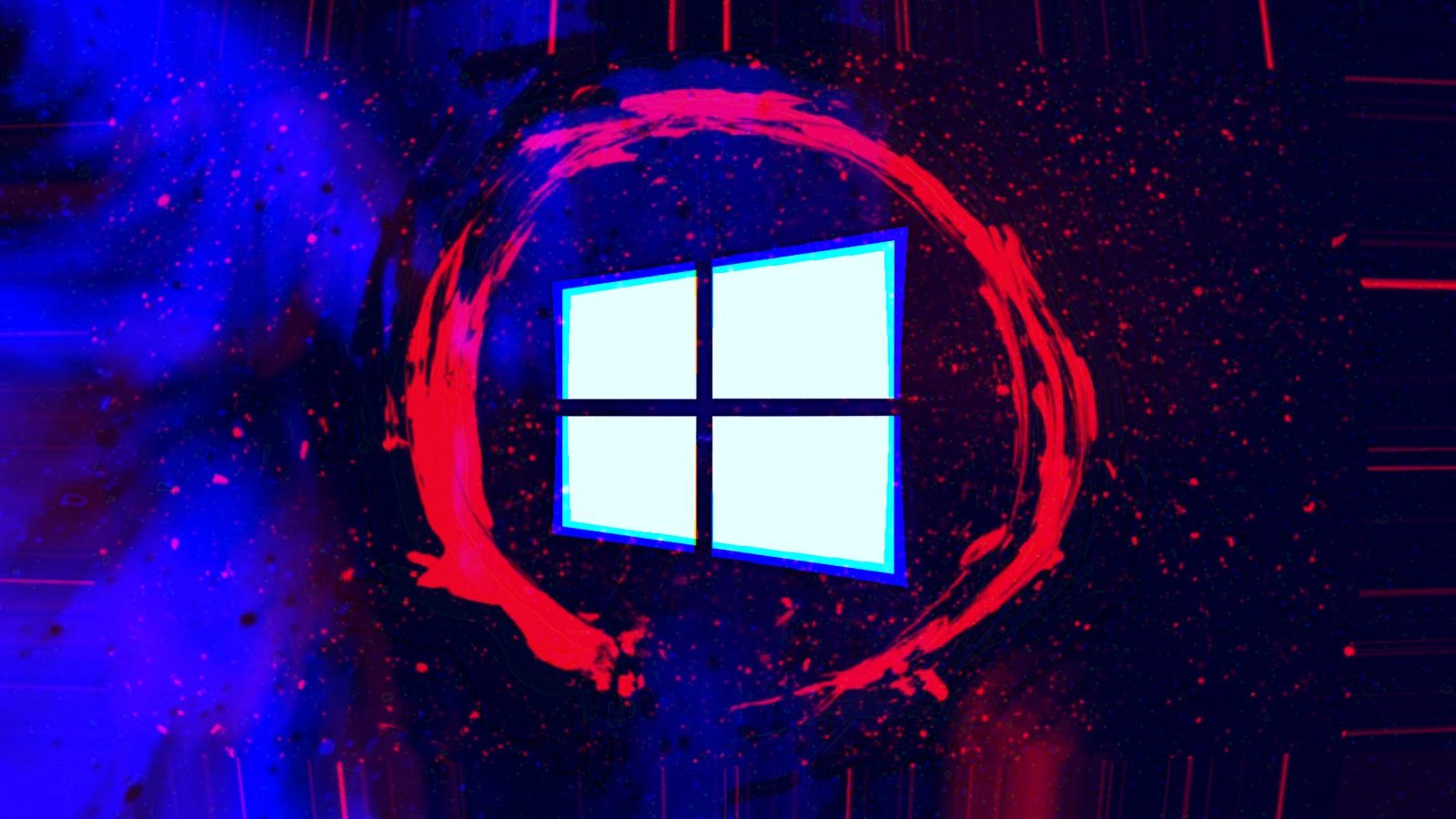Microsoft has issued urgent warnings regarding the exploitation of vulnerabilities within Windows, emphasizing the critical need for administrators to apply the latest security patches. This comes in the wake of the discovery of several zero-day exploits being actively targeted by malware attacks, underscoring a significant threat to the Windows operating system’s security integrity.
Key Highlights:
- Microsoft’s Patch Tuesday update addresses 76 vulnerabilities, with a particular focus on three that have been exploited in the wild.
- Among the critical vulnerabilities, CVE-2023-21823, a remote code execution flaw within the Windows graphics component, stands out, posing a significant risk as it could grant SYSTEM privileges to attackers.
- CVE-2023-21715 and CVE-2023-23376, a Microsoft Publisher feature bypass vulnerability and a privilege escalation flaw in Windows common log file system driver, respectively, are also in the spotlight for being actively exploited.
- The company has also flagged two additional zero-days, CVE-2023-36761 and CVE-2023-36802, affecting Microsoft Streaming Service Proxy and Microsoft Word, highlighting the ongoing challenges Microsoft faces in securing its ecosystem against sophisticated attacks.
The vulnerabilities represent a broad spectrum of risks, from remote code execution to privilege escalation and information disclosure, affecting various components of the Windows operating system. Microsoft has credited researchers from Mandiant and its internal teams for discovering these flaws, reflecting the collaborative effort in cybersecurity threat detection and mitigation.
The Importance of Regular Updates
The discovery of these vulnerabilities and the fact that some were being actively exploited before patches were available highlight the critical importance of regular software updates as a defensive measure against cyber threats. Microsoft’s Patch Tuesday initiative is a key part of this process, providing a regular cadence for the release of security patches and updates aimed at addressing known vulnerabilities.
Collaboration in Cybersecurity
The identification of these vulnerabilities also illustrates the vital role of collaboration in cybersecurity. With contributions from external researchers like those from Mandiant and Microsoft’s internal teams, the cybersecurity community benefits from a wide net of surveillance over potential threats. This collaborative approach enhances the ability to detect and mitigate vulnerabilities before they can be widely exploited by malicious actors.
The Challenge of Zero-Day Exploits
Zero-day exploits, where vulnerabilities are exploited before the vendor is aware and has issued a patch, represent a significant challenge in cybersecurity. These incidents underscore the need for advanced threat detection and response strategies, including the use of artificial intelligence and machine learning technologies to predict and prevent attacks based on behavioral analysis and anomaly detection.
This recent wave of security breaches not only emphasizes the sophistication of current cyber threats but also highlights the continuous arms race between threat actors and cybersecurity defenses. Microsoft’s proactive stance in disclosing and addressing these vulnerabilities is a critical step in safeguarding users against potential cyberattacks. However, it also serves as a stark reminder of the persistent vulnerabilities within complex software ecosystems and the importance of regular software updates and patches.
In summary, the ongoing discovery of exploited vulnerabilities in Windows illustrates the complex cybersecurity landscape facing both users and corporations today. While Microsoft’s efforts to patch these issues are commendable, the situation highlights the necessity for constant vigilance, timely updates, and the adoption of robust cybersecurity measures by all stakeholders.



















